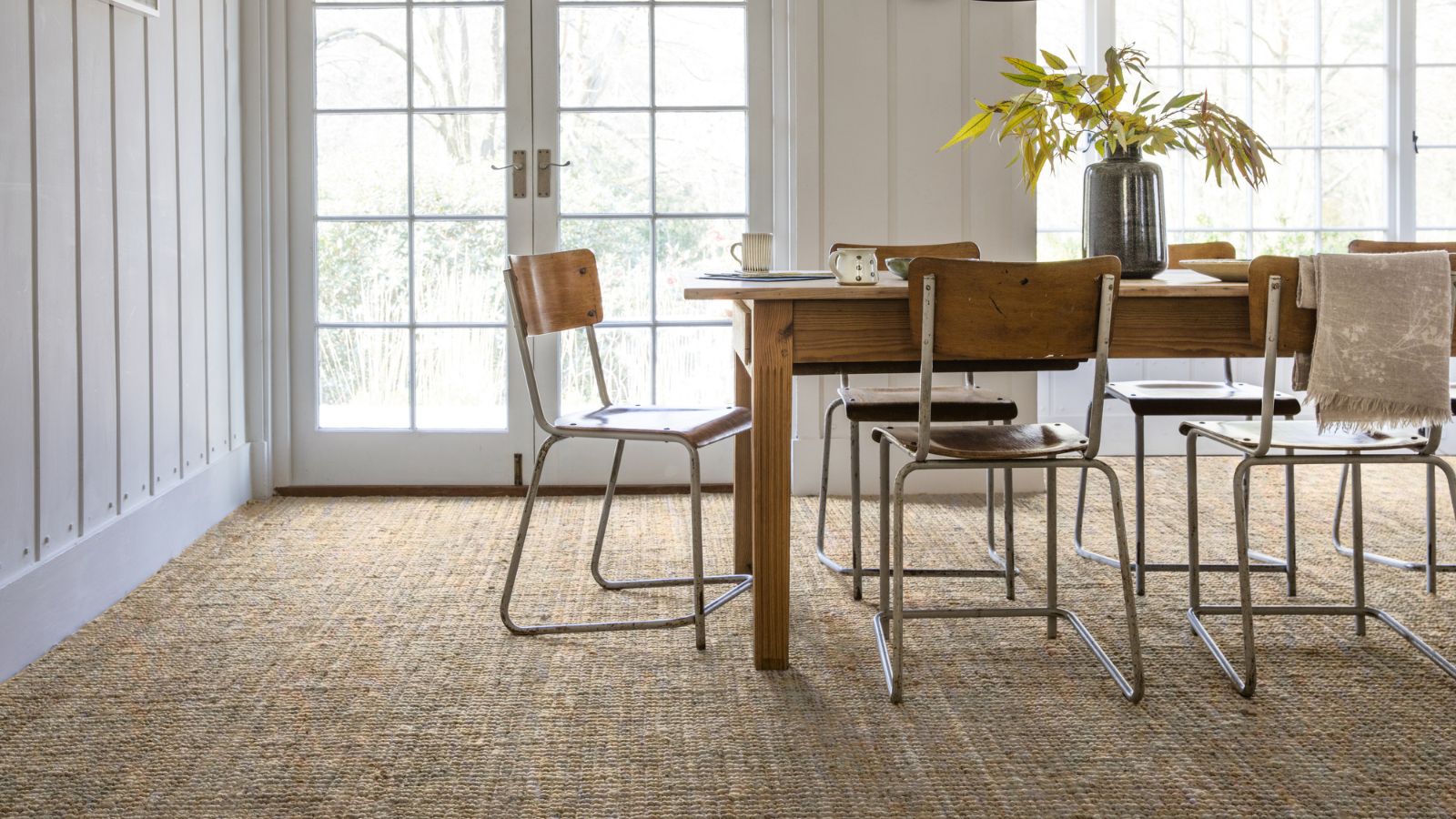How to treat damp in older houses and keep it away for good
Expert in ancient properties, Douglas Kent, looks at how to treat damp effectively in older properties while still protecting the integrity and history of the building
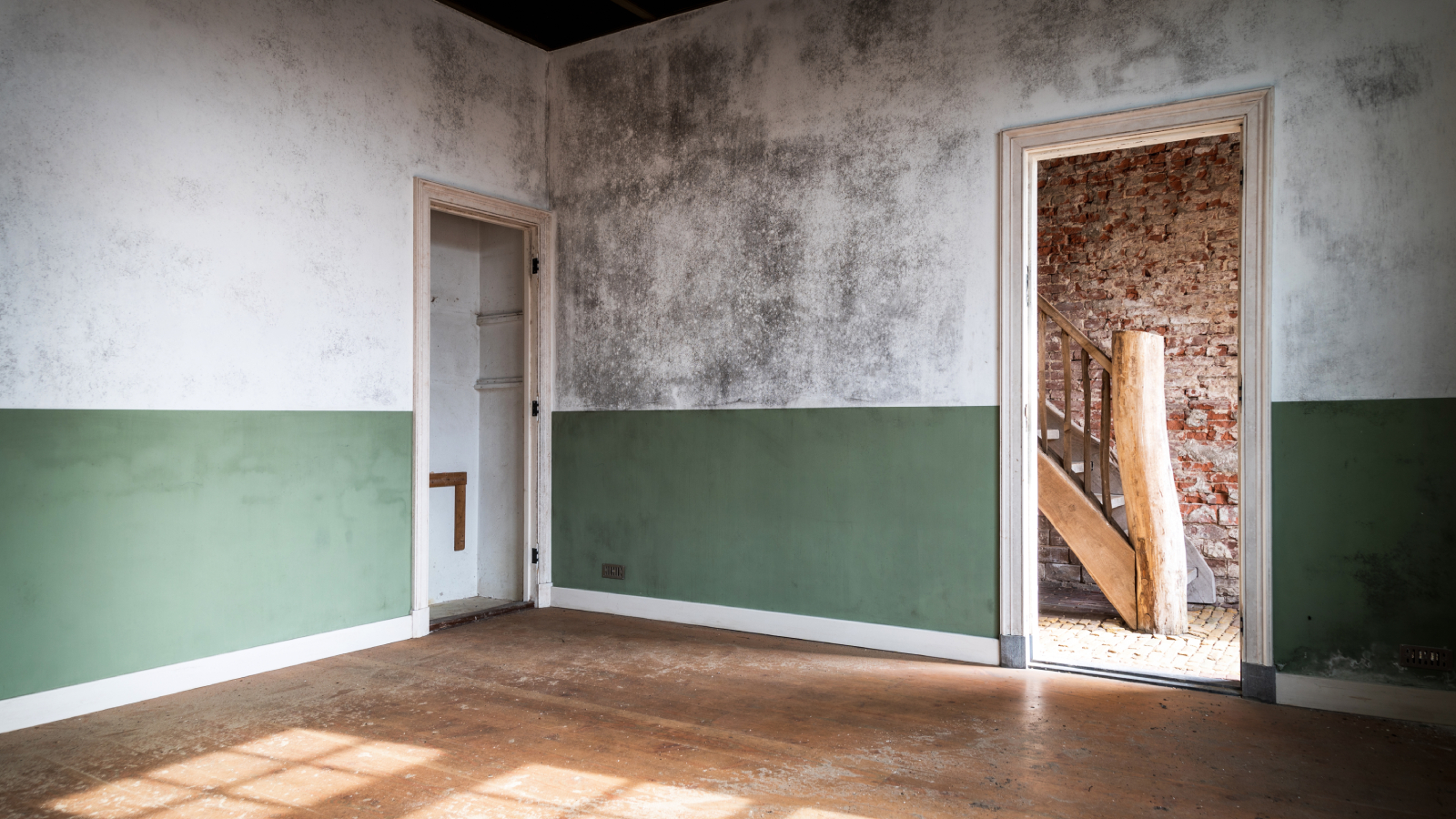
Once you have identified a damp issue in an older property, knowing how to treat it is essential or you may find yourself dealing with a problem that never quite goes away.
The reason it needs treating quickly and efficiently is the fact that as well as looking unsightly, damp can damage much more than a building’s appearance. It may lead to the deterioration of plaster and masonry, promote timber decay and create unhealthy conditions for occupants.
But, when it comes to managing damp in older properties, the wrong treatments can also commonly cause greater harm to old buildings than centuries of other kinds of degradation. Getting it right is therefore essential to protect the future longevity of your home.
How to treat damp advice can be misleading
According to Douglas Kent, technical director at the Society for the Protection of Ancient Buildings (SPAB), the problem starts with over-reliance on electrical moisture meters.
Inaccurate or unstable readings frequently leads to unnecessary expense and damage - mainly through the retrospective installation in walls of horizontal damp proof barriers (damp proof courses or DPCs).
Douglas also believes the harm done by modern solutions, which aim to seal old walls, rather than improve their ability to breathe is also widely underestimated.
In this article, Douglas explains how an appreciation of how the basic construction of old buildings differs from new ones will help you avoid misguided remedies, and ultimately lead to an understanding of how to treat damp effectively in older properties.
Bring your dream home to life with expert advice, how to guides and design inspiration. Sign up for our newsletter and get two free tickets to a Homebuilding & Renovating Show near you.
Why breathable walls matter
Whereas modern buildings rely on keeping water out with a system of barriers installed during the construction process, buildings that pre-date the mid-19th century are usually built of absorbent materials designed to allow any moisture that enters, to evaporate back out.
And even though most old buildings were constructed with solid walls without damp proof courses or roofing felt, this did not mean dampness from rain or below ground moisture was inevitable.
Instead, before the arrival of central heating, properties were built with fires in most rooms. The heat from the fires would draw in large quantities of air through loosely fitting windows and doors.
Unlike modern home ventilation methods, this large movement of air both allowed moisture to quickly evaporate from permeable internal surfaces, and served to dry out any damp roof timbers or permeable external wall surfaces.
As a result, the moisture being absorbed was was equal to that evaporating.
Therefore, when upgrading or an old building, you must maintain this equilibrium for the building structure to work as it was designed. Failure to do so is often one of the leading causes of damp.
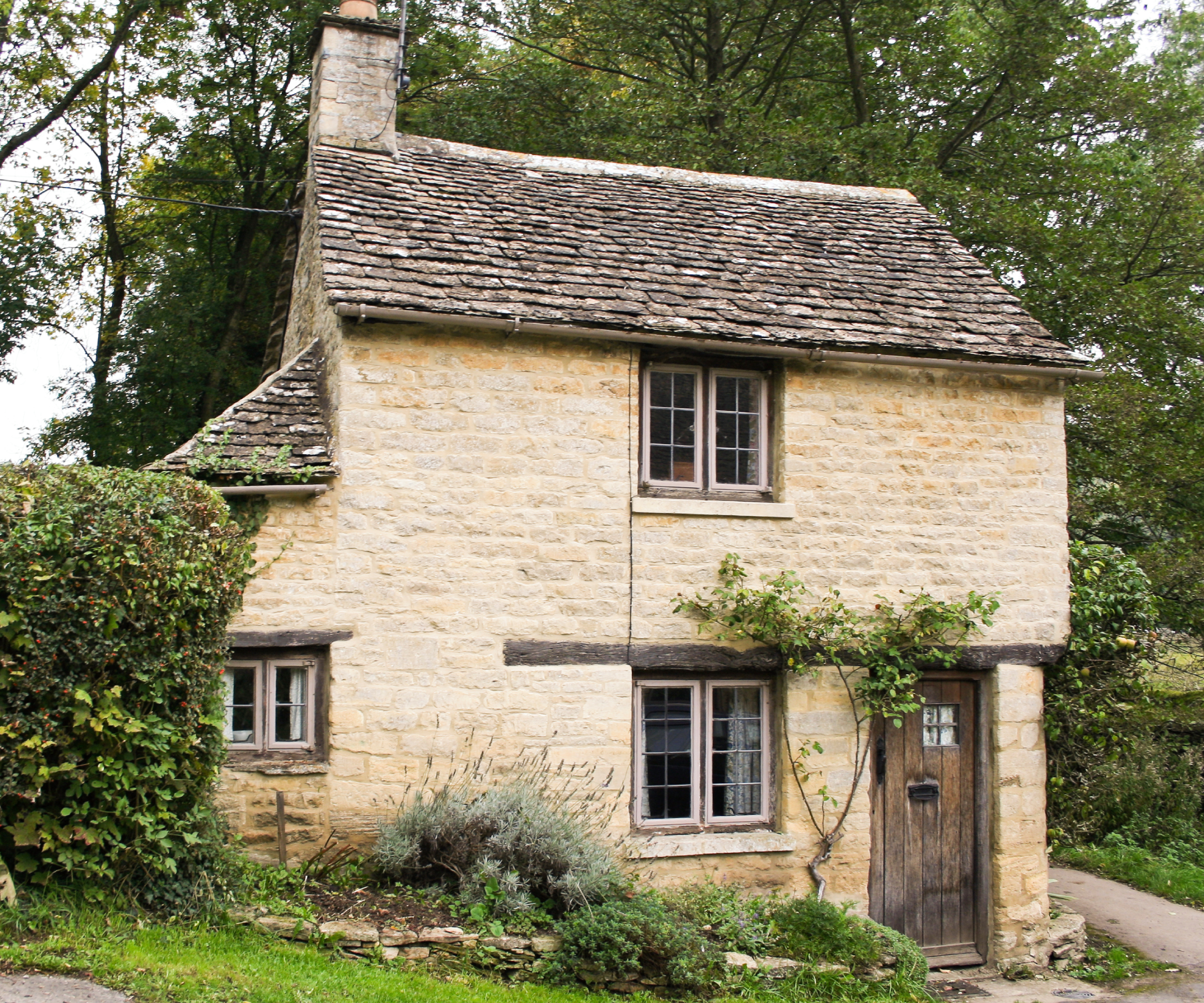
Other causes of damp in older homes
If you're renovating an older property, knowing what causes damp in a house is the first step in successfully treating the problem. And while some causes of damp such as defective roofs, poor maintenance of rainwater goods and internal plumbing leaks are common to all properties, regardless of age, there are also issues with modern construction methods that can cause additional problems in older homes.
- Energy-saving measures: Upgrades such as double-glazing reduce ventilation in old buildings and increase relative humidity leading to the risk of condensation and damp. Interstitial condensation within the pores of materials also reduces thermal insulation and further increases the risk of condensation.
- Using incorrect materials: Hairline cracks in pointing and render invariably admit moisture where cement mortar has been used for repair, rather than lime.
Identifying and testing for damp
Identifying the cause of damp is at first a matter of thorough visual inspection.
- Check your roof in wet and windy weather to decide if a damp ceiling patch is due to roof leakage and/or condensation. Broken slates and tiles or daylight seen inside lofts also indicate possible roof problems.
- Defective rainwater fittings may be most obvious during heavy rain, but in dry weather, stains on walls and plant growth can also be clues. Also don't forget to check gulleys at ground level.
- Condensation can be identified by water droplets on hard shiny surfaces and mould growth on internal finishes. It is intermittent, like penetrating damp, but unrelated to wet weather.
- Penetrating damp typically shows up as well-defined wet patches on walls after heavy rain on south and west-facing walls and can lead to moisture ingress through hairline cracks in unsuitable hard, modern cement pointing or rendering.
- Tidemarks on walls may suggest rising damp from ground moisture which can extend up to 900mm above floor level, sometimes with a classic tidemark on finishes. Salts appear as white deposits but mould growth is rare.
- If you are experiencing high water bills (if metered) or a constantly refilling tank, this may be a sign of a leak within your pipework.
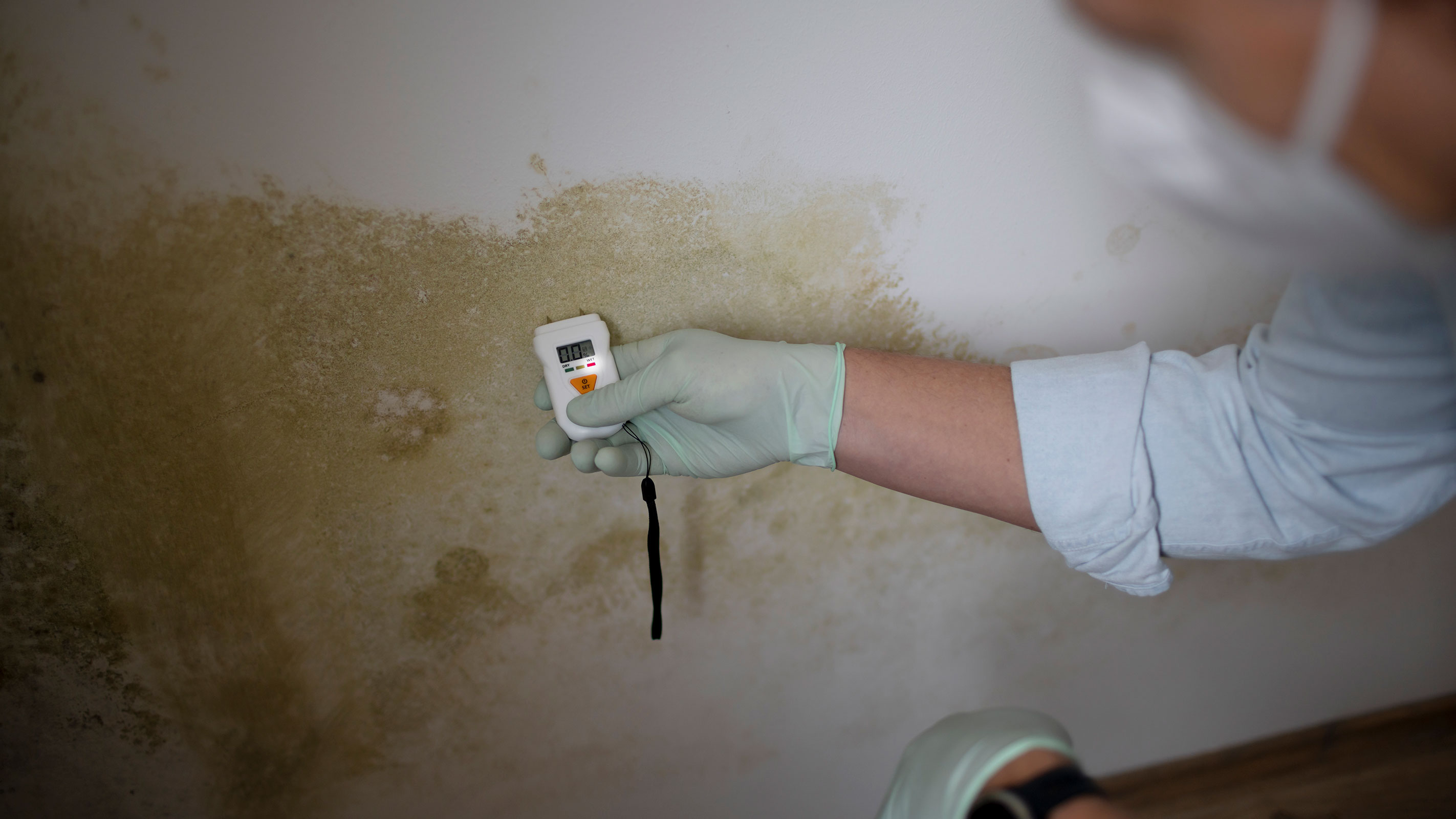
However, if investigations have not resolved the issue, you may be considering the need for professional testing. Tests include the use of electrical resistance and capacitance meters, on-site moisture testers, hygrometers and salt analysis.
If proceeding down this route, be aware that continued monitoring is still the best way of establishing the true cause of a damp problem. Only having one set of elevated readings for example could result in an inaccurate diagnosis of a problem such as rising damp, when in fact the issue is actually on-going condensation.
As well as the uneccessary stress caused by the worry of believing you have a serious damp issue, undertaking the correct measures to solve condensation is a far simpler and less expensive process.
While scientific analysis can be an essential aid for accurately diagnosing a damp problem the importance of your sight, feel and smell should not be undervalued. If you believe that readings needed a second opinion, don't be afraid to get one.
Repairing DPCs in older homes
If testing or investigation has revealed a failed DPC, it's important to make sure you chose the correct remedial method. Not all solutions are suitable for older properties and can lead to the development of additional problems rather than fixing the current one.
Therefore, if you are investigating damp-proofing costs, be mindful that the following DPC options may not be appropriate:
- Physical DPC: Can cause damage to historical finishes, major structural problems, is unsuitable for randomly coursed walls and can lead to a problem with moisture affecting the masonry below the DPC.
- Chemical solutions: Although commonly used as a solution, older properties made from flint or granite or those with voids fulled with rubble are not suitable candidates. As with a physical DPC, has the potential to cause additional issues.
- Ceramic tubes: A method which involves inserting tubes into a wall to absorb damp. Problems occur with salt-build up and the cement mortar used to embed them is unattractive.
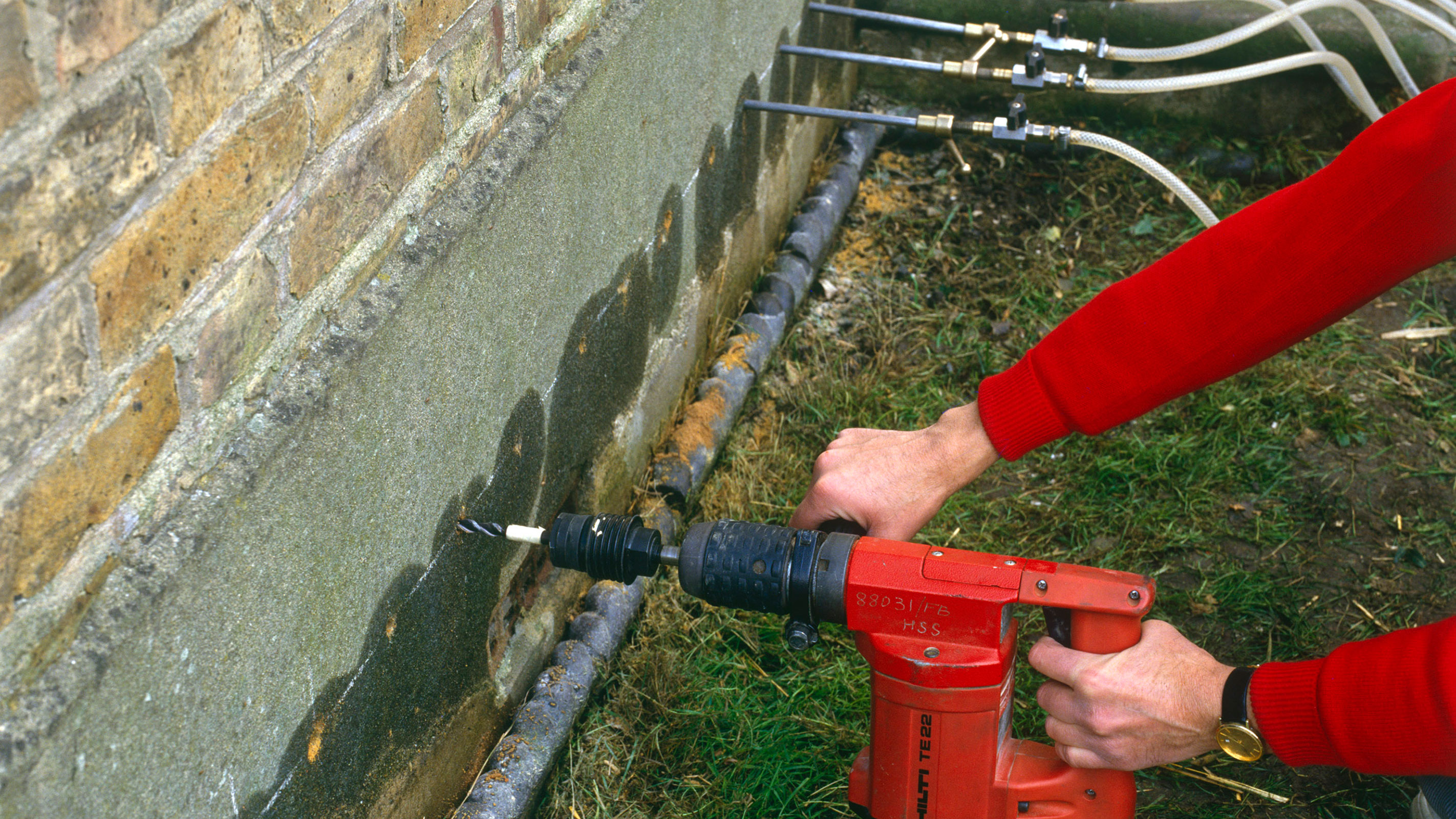
How to control penetrating damp
In order to get a penetrating damp problem under control you should start by looking at the roof.
Reinstate dislodged and missing slates and tiles before damage occurs to roof timbers or plaster ceilings. SPAB, the Society for the Protection of Ancient Buildings, recommends that renovators avoid spray-on roof foams for the underside of roofs, or external bitumen coatings although other experts disagree.
SPABs view is that they prevent proper inspection, hinder the re-use of slates or tiles and, by reducing ventilation, increase the risk of decay.
Brush moss off roofs since it can block gutters and retain moisture, which may damage certain roof coverings in frosty weather. Also, clear gutters and rainwater pipes regularly, particularly if your building is surrounded by trees or perched on by pigeons. Parapet and valley gutters need to be cleared of snow to prevent melt-water rising above them and causing damp internally.
Next you should look at repointing brickwork or your stone walls. Whilst cement is fine for modern buildings, it is important to use a lime:sand mix (preferably without cement) for most buildings pre-dating about 1900.
Localised re-pointing is generally all that is required. Daub, lime mortar or oakum (ships caulking) are useful for closing gaps that may develop around the edges of panel infillings in timber-framed buildings.
Where rain penetrates an exposed south or west-facing wall, limewash, lime render and slate or tile hanging are traditional solutions - although these cannot be employed without changing the external appearance of the wall.
Sometimes installation of a ventilated dry lining system internally is appropriate. The use of colourless water-repellent treatments or plastic-based paints on old masonry is strongly inadvisable.
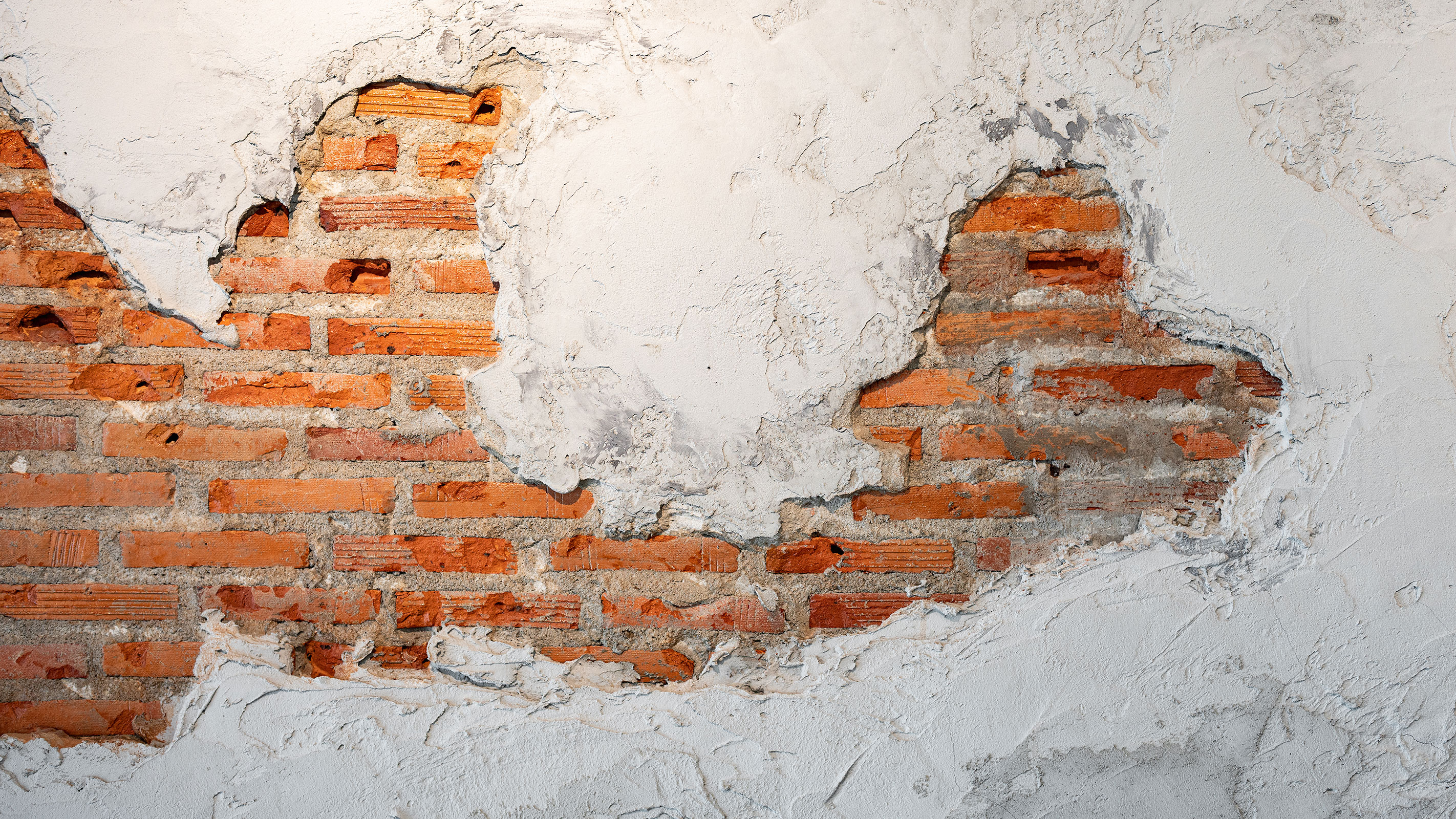
How to treat rising damp
Rising damp is neither as widespread as commonly thought, nor a total myth as it is sometimes claimed. Floors do become damp when the evaporation of moisture from below is inhibited by vinyl sheet, rubber-backed carpets or other impervious coverings.
New concrete floors or impervious coverings also drive excess moisture into the bases of nearby walls (including chimney stacks), where it rises by capillary action. Damp proof courses were not compulsory in walls prior to 1875, but this is only likely to become a problem where breathability is compromised.
In addition to rising damp, below ground moisture can result in problems where ground levels around your building rise unduly.The best solution to rising damp may therefore be to take measures that help your building breathe.
Replacing hard cement render or pointing using a more suitable lime-based mortar often improves a damp wall and enables rising damp to dry out. Conversely, the application of waterproof renders and bituminous coatings tends to create or exacerbate damp problems.
Where a floor has a modern damp-proof membrane (horizontal barrier or DPM) that is displacing moisture to the bottoms of walls, it may be sensible to replace this completely with a breathable construction or to at least provide a breathing zone for evaporation around the perimeter of the room.
When underfloor heating is being installed, there are many situations where DPM-insertion can be avoided by employing materials such as lime concrete and expanded clay insulation.
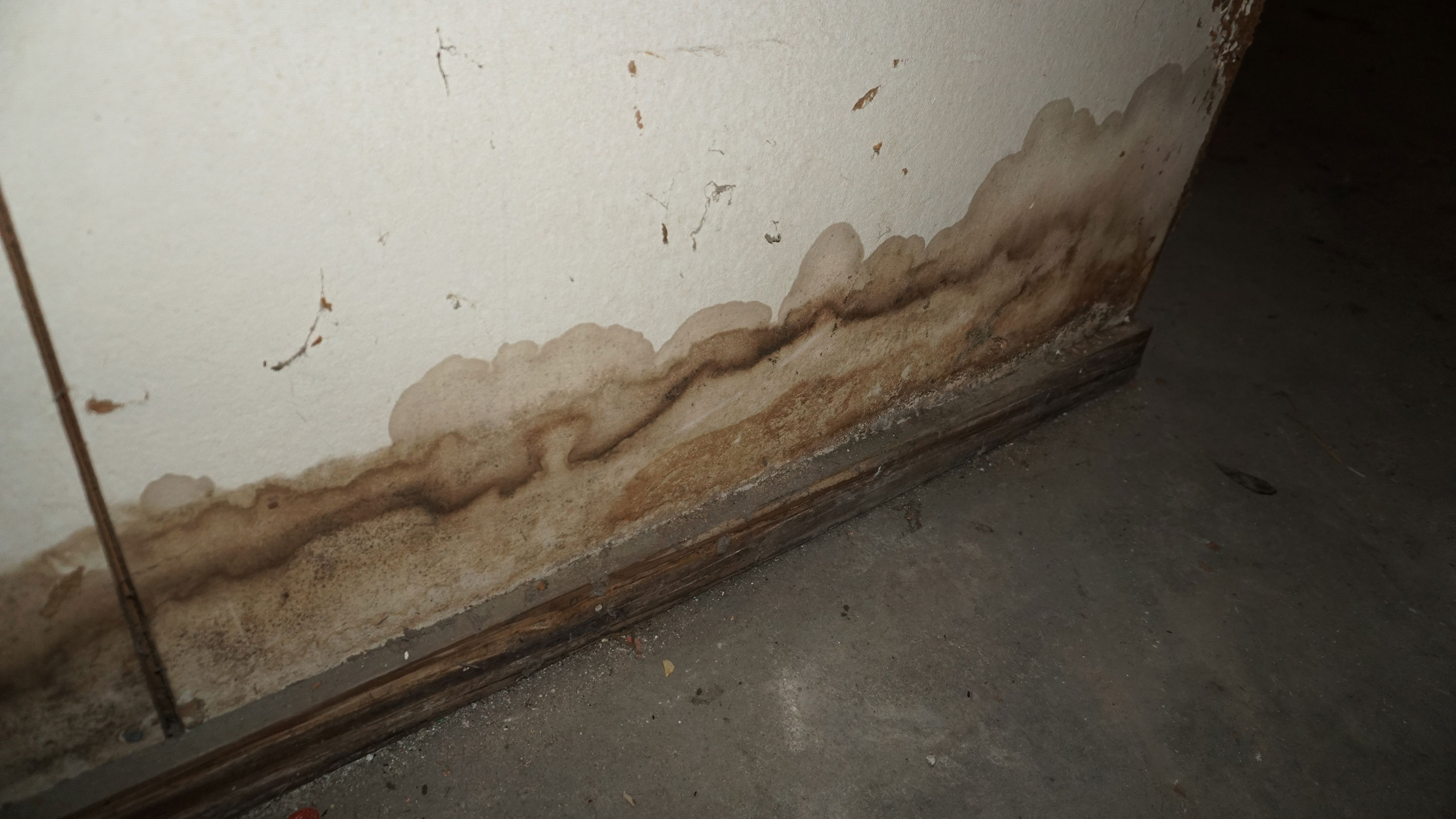
Reducing or removing the source of moisture may also help alleviate rising damp. Installing a French drain can be an effective and relatively inexpensive answer, but it is preferable not to site them directly against walls and rodding points must be provided. Otherwise, blockages can effectively convert them into a sump and increase dampness. Consider also the structural and archaeological implications.
Although retrofit DPCs can sometimes be appropriate, with an old building always consider first whether rising damp is actually too minor to matter and, if it is significant, whether more sympathetic ways exist of dealing with it.
Where any timber is at risk of decay, for example, you might be able to simply isolate it. Similarly, the eradication of any contributing moisture from other sources such as rainsplash off closely abutting patios could remove the need for more extensive remedial treatment.
Damp can be particularly troublesome in cellars but increased ventilation (including opening up redundant flues), re-pointing and lowering the water table locally can be effective.
Failing this, it may be worth considering a dry lining system. Tanking (applying waterproof linings to walls and floors) is not recommended in old buildings.
Managing damp on internal walls
To minimise the risk of future problems, lime plaster should usually be used for any replastering rather than the anti-sulphate or renovating plasters favoured by many treatment companies.
Decoration with paints such as limewash and soft distemper, where possible, will maximise breathability.
Old items of joinery removed during work should be carefully repaired and reinstated, not automatically replaced.
Once you've resolved the cause of your damp, if you're left with the task of mould removal, make sure you know which types of mould you're dealing with before you decide how to remove mould from a ceiling and learn how to clean mould off wood.
Douglas Kent is a chartered building surveyor specialising in building conservation and is technical and research director at the Society for the Protection of Ancient (SPAB), where he has worked since 2000.
He has held surveying roles in the private and public sectors, including the military.
Douglas publishes and lectures regularly on building conservation and has contributed to various radio and television programmes. He has also renovated a listed property.
- Sarah HarleyAssistant Editor
